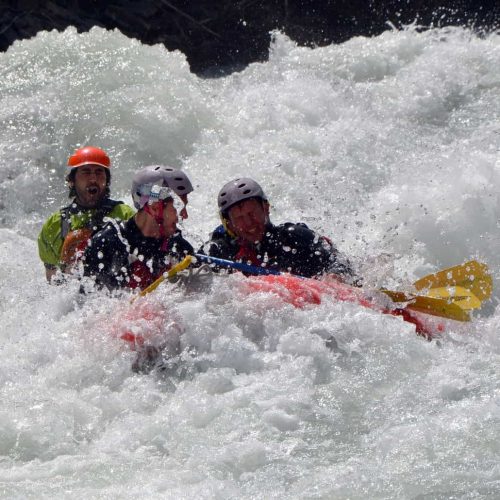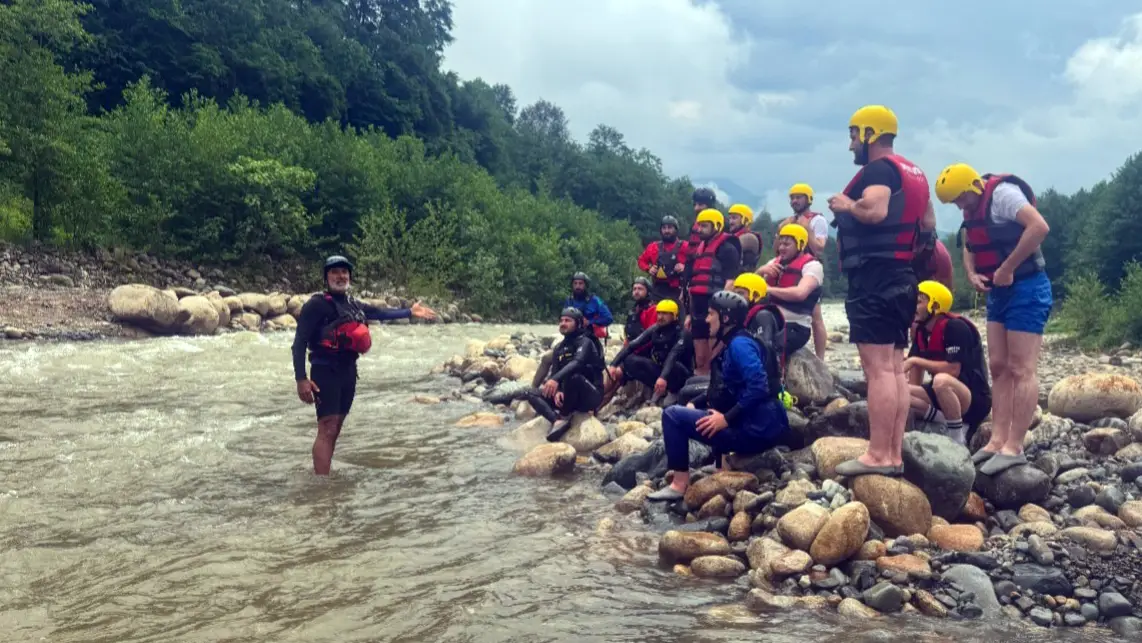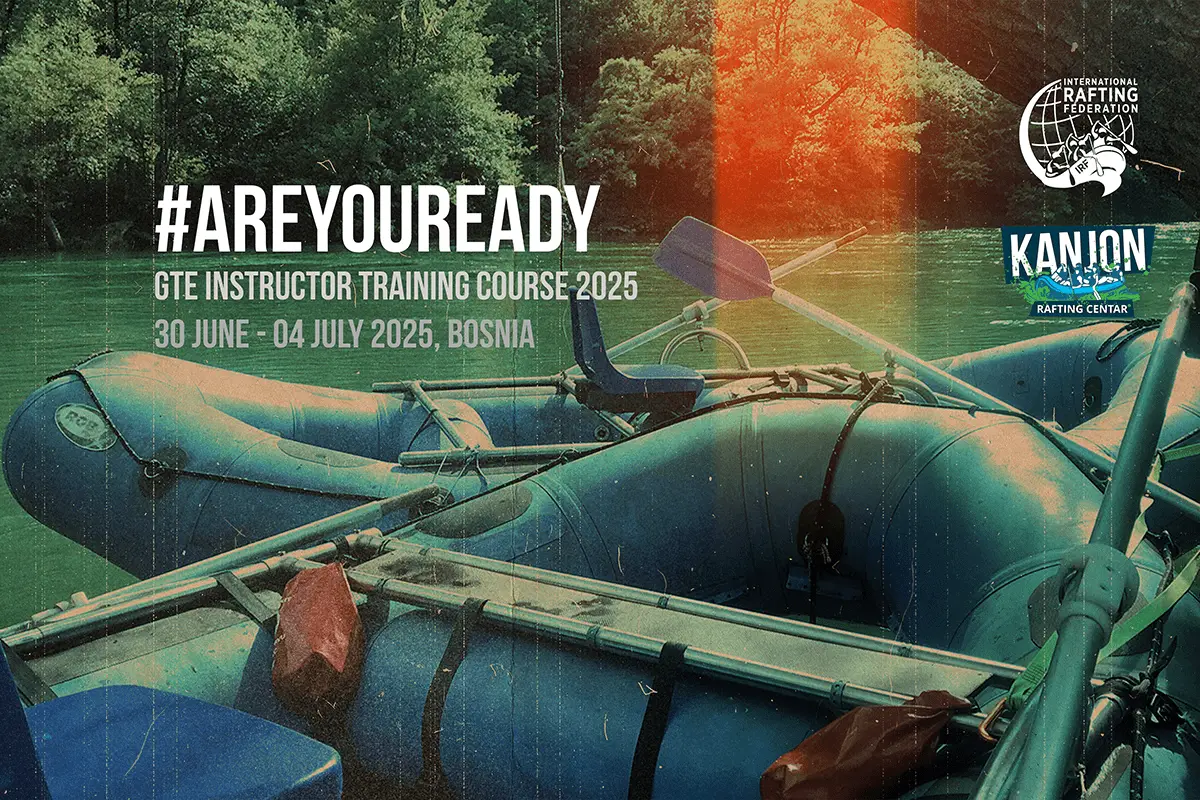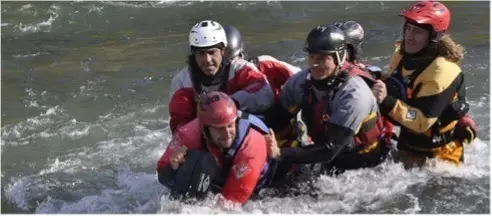 Most of us have experienced the shock to our system as we suddenly plunge into cold water. Take it a step further, imagine you’re on a Class 4 or 5 river and flip. Now you have two urgent problems. First is the raging white water. Second is dealing with the cold shock. What happens to the body when it gets immersed into cold water? And what should be done to minimise the effects this can have? If you regularly paddle on cold water rivers it is well worth reading further and adjusting your planning appropriately.
Most of us have experienced the shock to our system as we suddenly plunge into cold water. Take it a step further, imagine you’re on a Class 4 or 5 river and flip. Now you have two urgent problems. First is the raging white water. Second is dealing with the cold shock. What happens to the body when it gets immersed into cold water? And what should be done to minimise the effects this can have? If you regularly paddle on cold water rivers it is well worth reading further and adjusting your planning appropriately.
In Outside – A New Theory for Unexplained Whitewater Deaths Alex Hutchinson takes a look at the effects that cold water immersion can have on the body and what the repercussions are. In his article he refers to some interesting research done on this in the context of river drownings in the USA.
Four stages of cold water immersion syndrome.
When you are suddenly dumped into cold water your body goes through four stages. First – the shock to the cold which causes involuntary inhalation. Second – the blood rushes to your core to preserve your heat. Third – hypothermia. Fourth – the risk of collapse shortly after being rescued.

The first two stages are the ones of concern for river rafters. Involuntary inhalations while you are under water will cause you to breath in water, first steps to drowning. This is followed by the need for rapid breathing which is also not good if you are being regularly submerged in the rapids. The result of the blood rushing to your core reduces your ability to swim and do self rescue. It has caused even strong swimmers to drown. For some, the strain on the heart can be too much and can lead to cardiac arrest.
Preventative measures and risk assessment
Knowing the above leads one to re look at measures that should be in place to prevent these types of drownings on trips that you are on. An important first step is obviously to ensure that everyone is wearing the correct thermal protection that is appropriate to the river water temperature. Whether it’s wet-suits, dry-suits, right thickness of wet-suits – all must be checked. Those who may be at a higher risk should be noted and appropriate actions applied. For instance it was noted that it is possible older people suffer more from the effects of cold water immersion syndrome, and people with heart problems may be at higher risk. And assessing the safest line to prevent potential flips is also an important consideration.
Get out there and enjoy the rivers. Just remember to assess the risks!
#RaftersAreAwesome #AreYouReady




